This case presents how holograms are revolutionizing the education system and the world and demonstrates five benefits educational systems can reveal.
Holographic technologies are essentially a collection of patterns of light waves that compose an image by splitting a laser beam. The interference patterns are separated so that light is reflected in different directions. Half of the template is directed towards the object beam and the other half towards the reference beam (photographic plate). The light reflects creating a unique interference pattern; when the image is processed, it looks like a three-dimensional object. Lasers create various types of holograms and video projections.
In the class
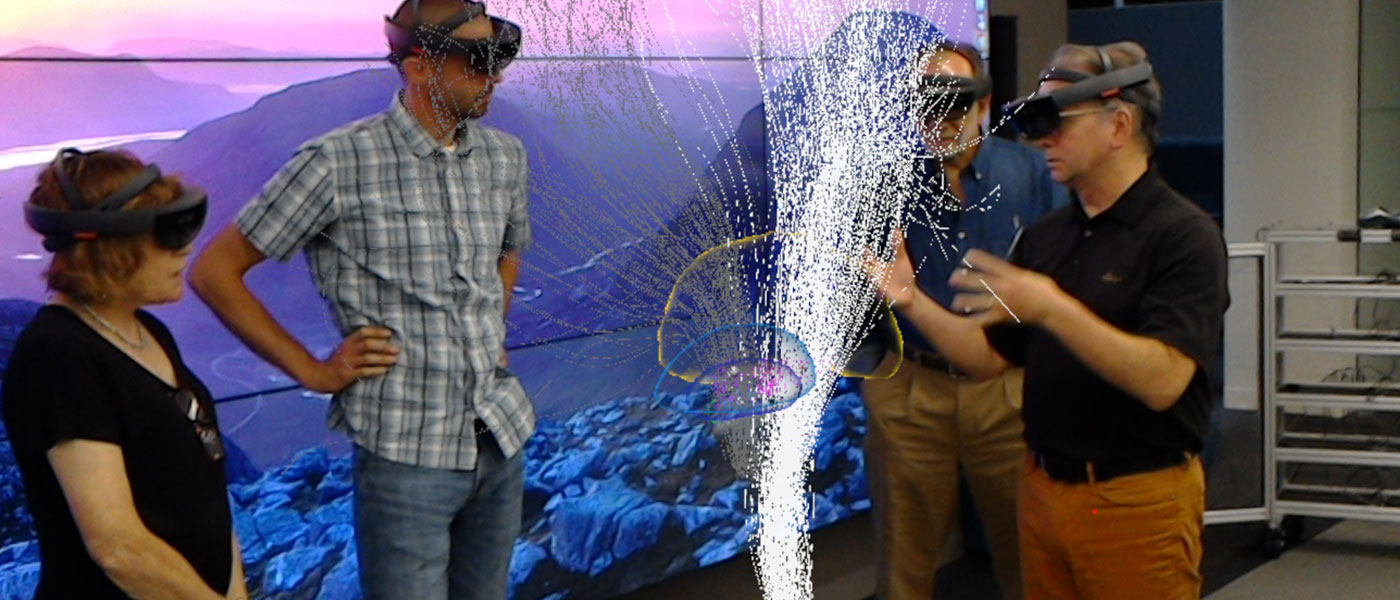
Holographic technologies are becoming popular in colleges and universities, but HoloLens and similar products are now being considered for teaching children in kindergarten, middle, and high schools. Microsoft says holographic images allow students to see things on a grander 3D scale — a notch higher than standard textbook images.
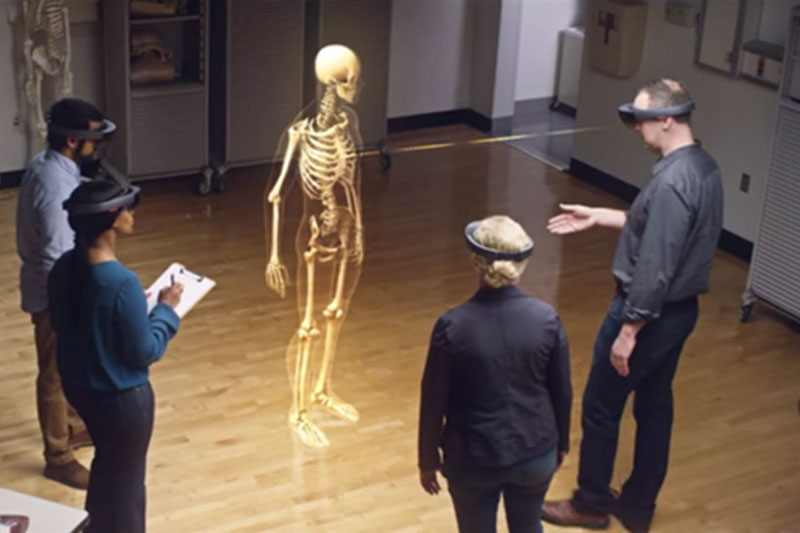
For example, at Case Western Reserve University (Cleveland, Ohio), holographic technology is used to teach physics and electromagnetism to students. The school also uses holograms for anatomical instructions in its medical classrooms (in addition to standard laboratory research on drugs).
Holographic Technologies for Primary Students
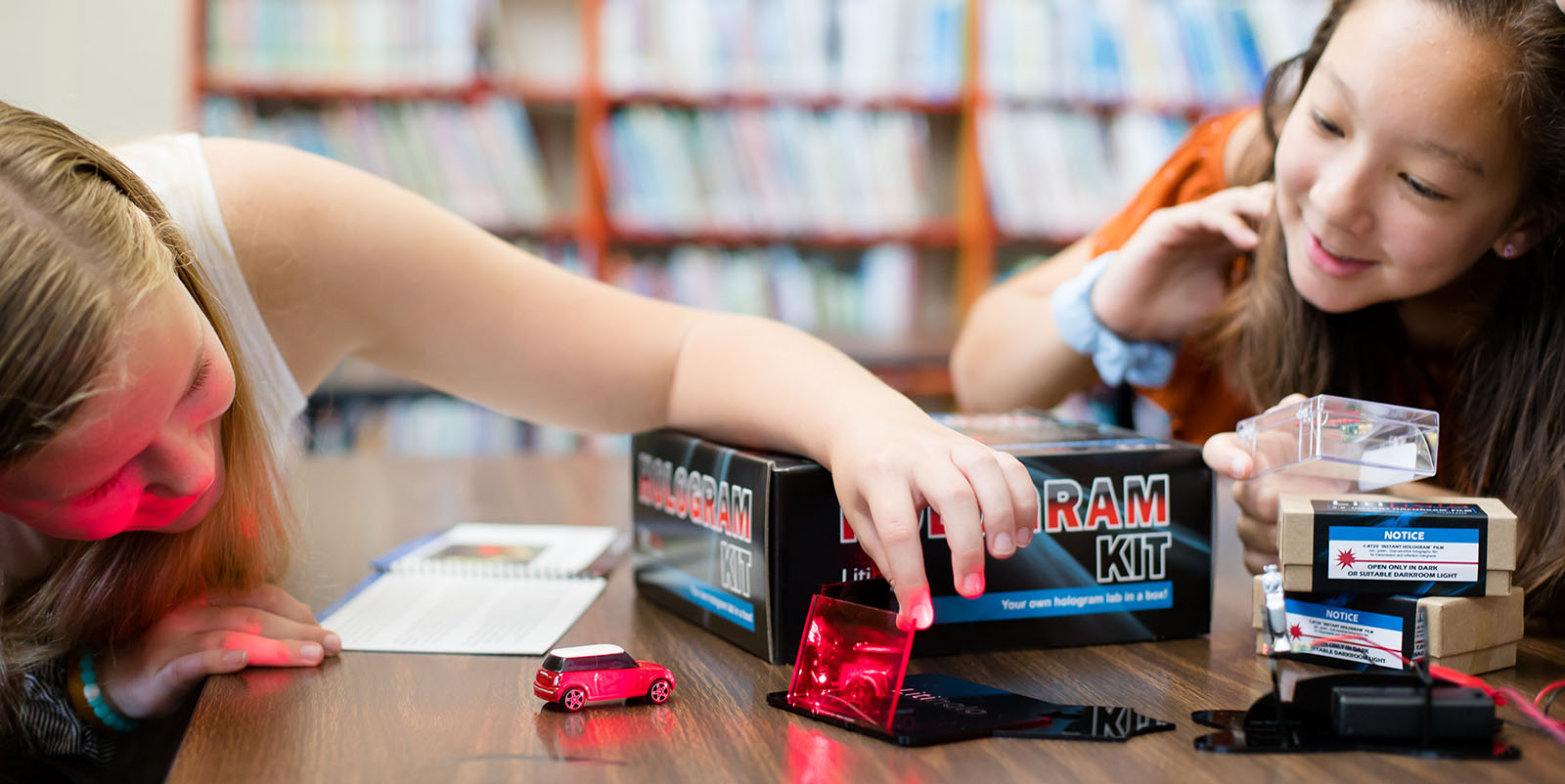
To see is to believe. For example, when studying history or science, images are reproduced “in real life”, which aids in better memorization. Imagine seeing the battles of the Civil War, the scientific elements of the periodic table, the first Olympians, or the coronation of Queen Elizabeth. Holographic technology transforms pictures and images into a three-dimensional form that can make a lasting impression on all students, and a vivid impression is the key to memorization.

Other Ways to Embed Holograms in Teaching Methods
Another way to bring the class to life with holographic technology is to connect the classes geographically. For example, foreign language courses can combine a room full of French students with those who speak English; they can learn from each other by engaging in conversation. Teachers can be in the same place at the same time. Holographic technologies allow teachers to simultaneously present their knowledge in multiple classrooms, which is in great demand right now due to COVID
Financial Reality
At the time of this writing, the cost of the Microsoft HoloLens holographic projector was around $3,000 each. But now there are other companies that are supposedly selling similar products.
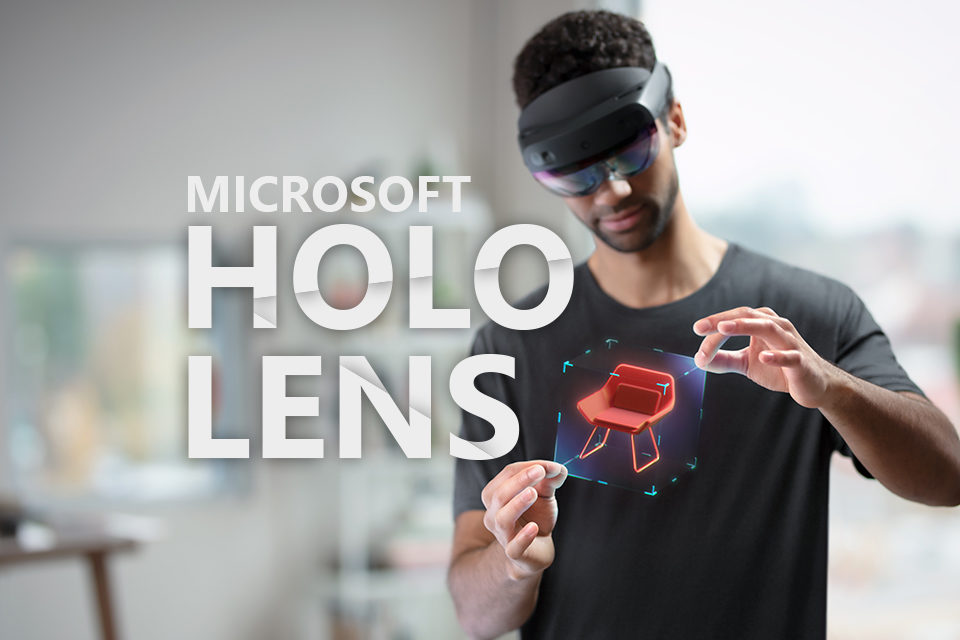
The Arena 3D-Industrial-Illusion has a full pricing information page. The cost of each projection depends on its size. Projections start at 13 x 13 feet, which costs at least about $18,113. The largest projection they have full pricing information on is 13 x 32 feet. This will most likely cost around $32,453. The company specializes in the creation of holographic personalities.
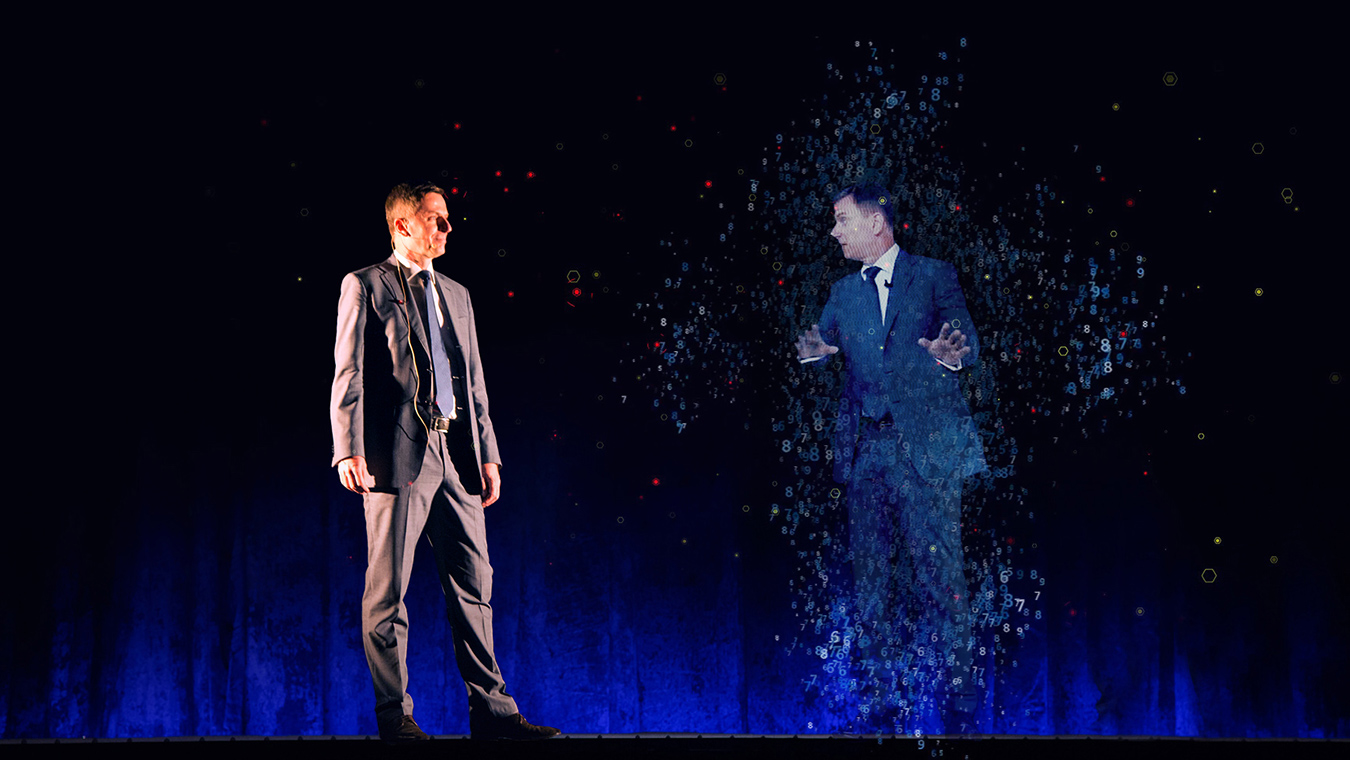
And Eucledion is about architecture. They also came up with the idea of creating a holographic menu:
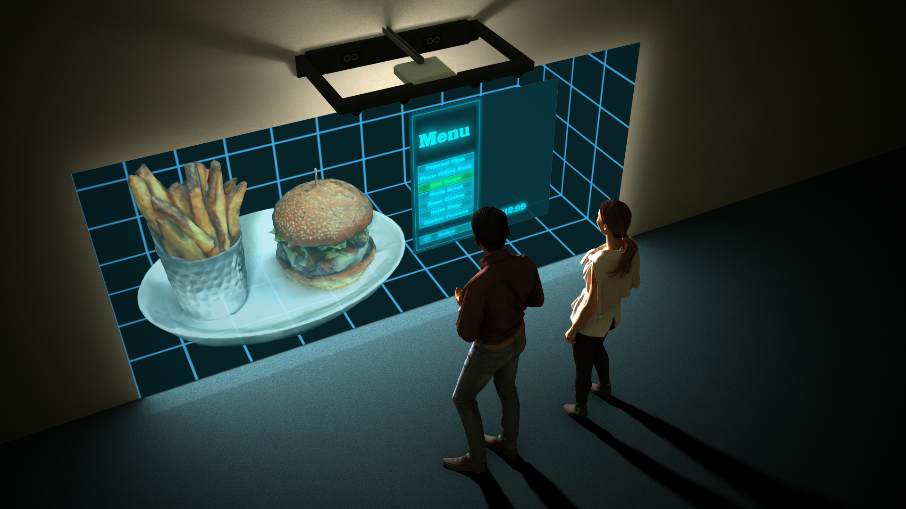
If you want to draw attention to your restaurant, the company is ready to draw and assemble a design system with a holographic menu that allows customers to choose their dishes while they are floating in the air.
Homemade hologram
Average price for a decent projector is $500.
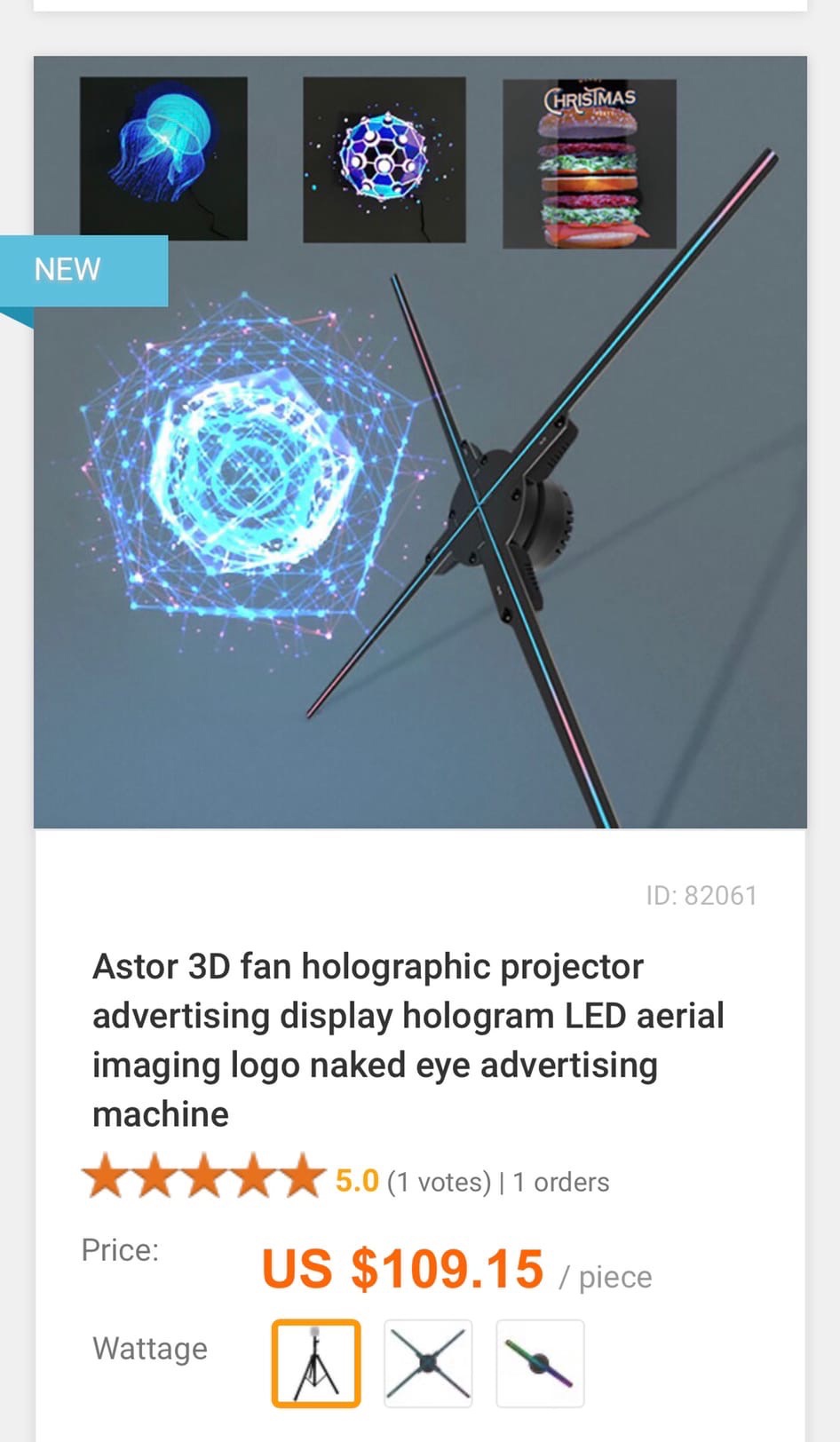
You can assemble it yourself at home, but then you will have to look for a specialized video with 4 images that are located around the entire circumference. Here’s a step-by-step guide:
mic
The world is more and more inclined towards effects that will be remembered by students or clients. Plus, the pandemic time has changed the course of life: everything happens within the walls of the house — learning, entertainment, socializing and shopping. Holograms are a timely and necessary solution that will allow you to expand your consciousness or immerse yourself in the subject, wherever you are.